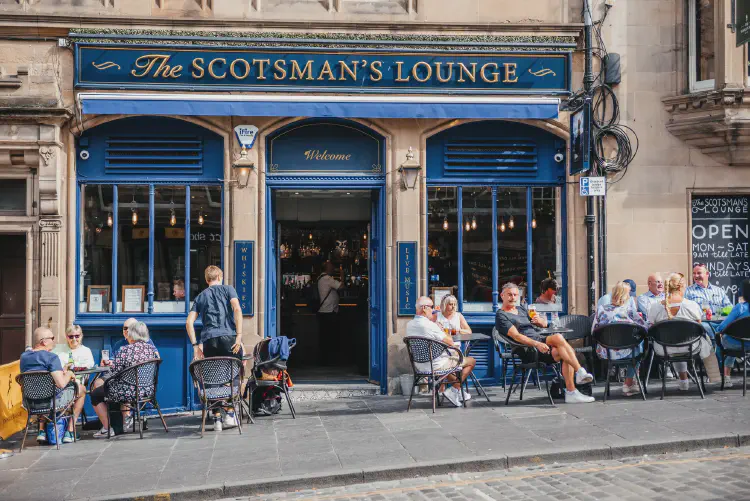Local customs and etiquette
Understanding Scotland’s customs and etiquette helps visitors feel at ease and connect more authentically with locals. While Scots are warm and friendly, showing respect for traditions goes a long way.
- Scotland Tours
- 2 min read
Article 3 of 6 in Practical-Information/

Greetings and Social Etiquette
- A simple handshake is the most common greeting when meeting someone for the first time.
- Scots are generally informal, but politeness is valued—saying please, thank you, and sorry is important.
- In social settings, friendly banter and humor are common, but it’s best to avoid stereotyping jokes about accents or culture.
Pub Culture
- Ordering at the bar is the norm—table service is rare.
- It’s common to buy rounds of drinks; if someone buys you one, it’s polite to return the gesture.
- Tipping in pubs is not expected, though rounding up small change is appreciated.
Dining Etiquette
- In restaurants, tipping around 10% is standard if service is not included.
- Queuing is respected—waiting your turn is important in shops, buses, and events.
Cultural Respect
- The Scottish flag (Saltire) and national symbols like the thistle are sources of pride.
- Many Scots strongly identify with their heritage; avoid confusing Scotland with England when discussing culture and history.
- Gaelic is spoken in parts of the Highlands and Islands—showing interest in local languages is welcomed.
Traditions and Celebrations
- Events like Burns Night, Hogmanay, and Highland Games are celebrated with enthusiasm; joining in is encouraged.
- Ceilidhs are inclusive—don’t worry if you don’t know the steps; locals will happily guide you.
Why Visitors Should Know This
Following local customs fosters respect and friendliness. By understanding Scottish etiquette, visitors not only avoid faux pas but also enrich their travel experience through genuine cultural connection.